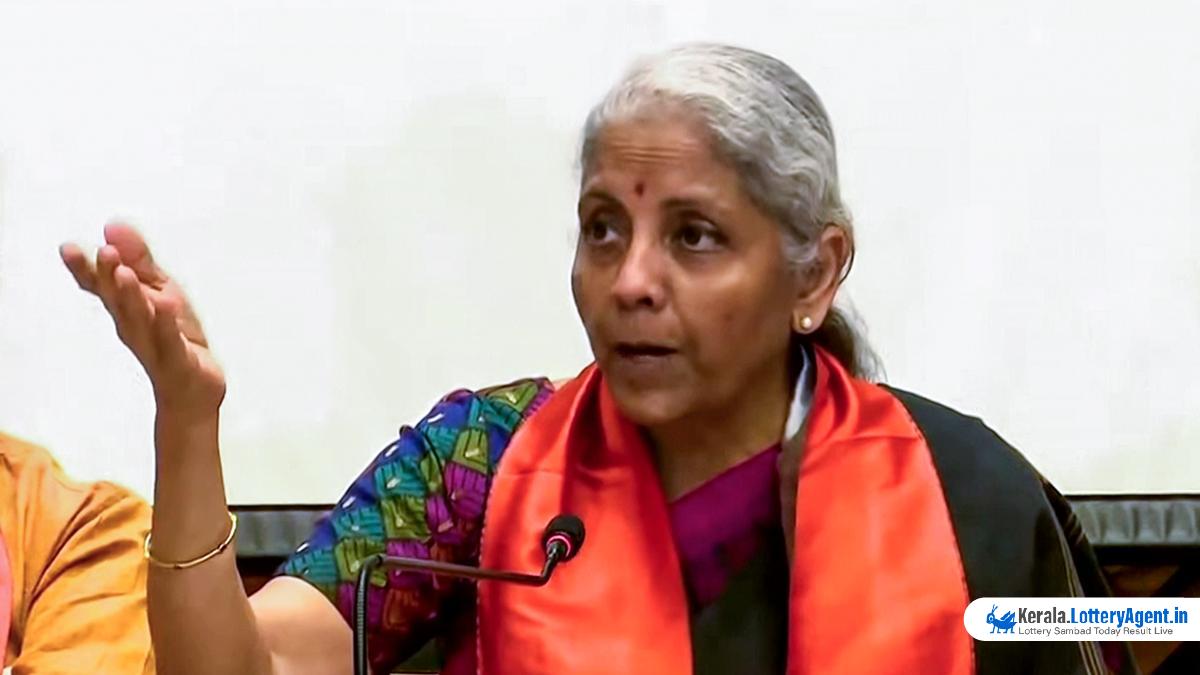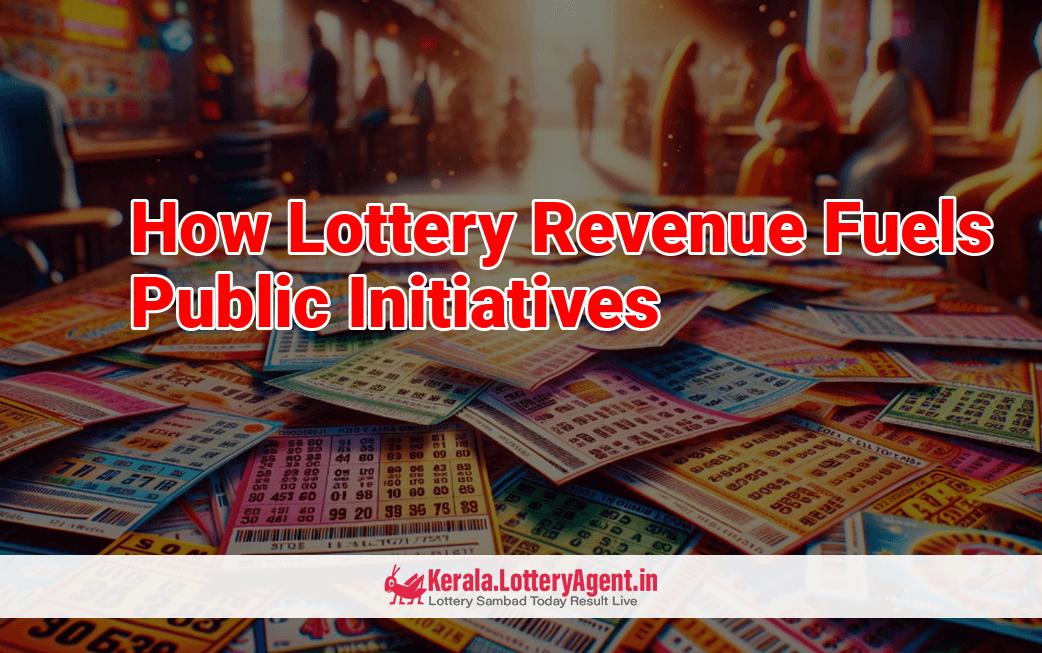
The transformative Goods and Services Tax (GST) system has predominantly uplifted the disadvantaged sectors of society, Union Finance Minister Nirmala Sitharaman stated on the 6th of May, highlighting the recent milestone in GST revenue collections exceeding the ₹2 lakh crore mark—an indicator of robust economic uptick.
Positioned as a pro-poor fiscal reform, the GST framework has reduced the tax load on numerous essential commodities—like hair oil and soaps whose rates dropped from 28% to 18%, and on electrical appliances which saw a decline from an effective 31.5% to a mere 12%, and even on movie tickets. The Minister pointed out these reductions as part of a compassionate economic strategy aimed at easing the tax burden on ordinary citizens.
Sitharaman elaborated on the declining trend of the effective weighted average rate of the GST since its inception in 2017. Initially projected at 15.3%, the Revenue Neutral Rate had swiftly dipped to 14.4% in 2017, and further nosedived to a stunning 11.6% by 2019.
With regards to rationalization of the tax rates, she emphasized that the GST Council has unceasingly strived to balance and adjust the rates since its establishment, while the National Anti-profiteering Authority ensured the transferal of any tax benefits directly to the consumers. Essential items and services, including but not limited to, unbranded food products, certain critical medication, healthcare and educational services, public transport, sanitary napkins, hearing aid components, and a range of agricultural services, have all been exempt from GST—a testament to the government’s sensitivity toward the economically vulnerable.
The GST, initially conceptualized during the Atal Behari Vajpayee-led NDA government era, did not quite reach the finish line under the subsequent UPA leadership due to a lack of political consensus. Under Prime Minister Narendra Modi, Sitharaman asserts, the government meticulously constructed the consensus necessary for the landmark tax reform.
The Minister bluntly critiqued the former fragmented tax system that she associated with placing an unfair tax burden upon the general populace and creating isolated, state-specific markets with a wide array of varying tax statutes and rates. This system prevented businesses from claiming input credit for central excise duties, further escalating costs. In sharp contrast, after the implementation of GST, a complex web of 17 different taxes and 13 cessations was replaced by a five-tiered tax structure. It also unified the market and considerably reduced the need for hundreds of submissions and filings to a mere dozen.
Sitharaman underscored GST’s role in simplifying compliance procedures through the adoption of a unified process, simple registrations, a singular return filing mechanism, and fostering a fully digital tax ecosystem with reduced physical paperwork. Acknowledging a survey which found a staggering 88% of micro, small, and medium enterprises benefiting from GST in cost reduction and supply chain optimization, the Minister commended the simplified tax system for its positive impact on businesses.
Furthermore, she pointed out, the GST network has seen a growing participation with over 1.4 crore registered taxpayers, a substantial increase from mere 65 lakh in 2017. Highlighting the advantages for small businesses, she mentioned schemes like the Quarterly Returns with Monthly Payment (QRMP) that substantially lessen compliance burdens for more than 44 lakh taxpayers, primarily small and medium-sized businesses.
She added that GST has also contributed to enhancing MSME financing through innovations like e-invoicing, the Trade Receivables Discounting System (TReDS), and the Account Aggregator framework. The introduction of the E-way bill has obliterated inter-state checkpoints, thus reducing logistical expenses and increasing truck movement by 44% per day. Largely due to the simplification and streamlining accomplished by GST, the inter-state commerce of domestic goods experienced a remarkable increase to 35% of GDP in the 2021-22 period, marking a sharp rise from the 23.5% in the pre-GST era of 2017-18.
By bringing to light these thorough changes, the Finance Minister ultimately underscored the importance of GST in fostering a conducive environment for economic growth, increasing financial inclusivity, and principally supporting those on the lower rungs of the socioeconomic ladder.













